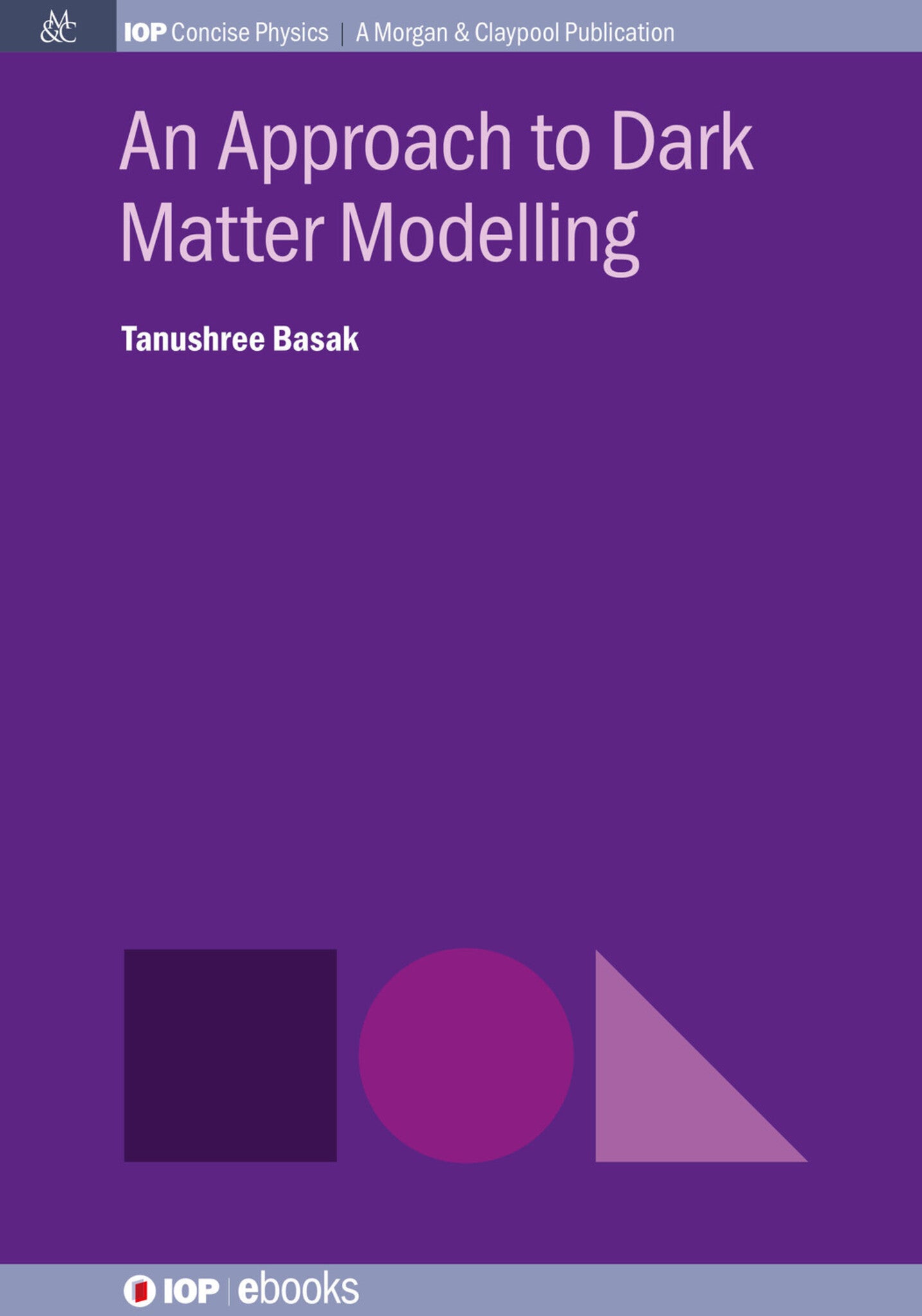We're sorry. An error has occurred
Please cancel or retry.
An Approach to Dark Matter Modelling

Some error occured while loading the Quick View. Please close the Quick View and try reloading the page.
Couldn't load pickup availability
- Format:
-
31 August 2018


SCIENCE / Energy, SCIENCE / Physics / Astrophysics, SCIENCE / Physics / Quantum Theory

Introduction 1.1 Why dark matter? 1.2 Evidences of Dark matter 1.2.1 Rotation Curves 1.2.2 Gravitational lensing 1.2.3 Cosmological evidence Bibliography
2 Particle Dark Matter Candidates : constraints from observations 2.1 Dark Matter particle candidates 2.1.1 Weakly interacting massive particles 2.1.2 Non-thermal Relics 2.2 Dark matter Searches 2.2.1 Direct Detection 2.2.2 Indirect Detection 2.2.3 Collider search on Dark Matter 2.3 Constraints on Dark matter candidate Bibliography
3 WIMP Dark Matter Model : simplest extension of Standard Model 3.1 Why WIMP is a popular choice? 3.2 Singlet Scalar Dark Matter 3.3 Singlet Fermionic Dark Matter 3.3.1 Constraints from LHC 3.3.2 Constraints from relic density and direct detection 3.4 Inert Doublet Higgs Model 3.4.1 Dark matter in IDM 3.5 Two component dark matter model 3.5.1 Model 3.5.2 Relic density Bibliography
4 Generation of Neutrino mass and Dark matter : a unified scenario 4.1 Seesaw mechanism and Dark matter 4.2 Gauged B L extension of Standard Model 4.2.1 Neutrino mass generation 4.2.2 Calculation of Relic abundance 4.2.3 Spin-independent scattering cross-section 4.3 Scotogenic dark matter model Bibliography
5 Supersymmetric Dark Matter Model : a popular choice 5.1 Hierarchy problem in SM 5.2 Minimal Supersymmetric Standard Model 5.2.1 Dark matter in MSSM 5.2.2 Scalar interaction cross-section 5.3 Non-Minimal Supersymmetric Standard Model (NMSSM) 5.4 Triplet extensions of MSSM . 5.4.1 Triplet-Singlet MSSM Bibliography
6 FIMP as Dark Matter 6.1 Feebly Interacting Massive particle 6.1.1 Freeze-in mechanism 6.1.2 Higgs portal FIMP Model 6.1.3 Detection Prospects Bibliography
7 Conclusion and Outlook
A Appendix A.1 Appendix 1 : Calculation of w(s)



